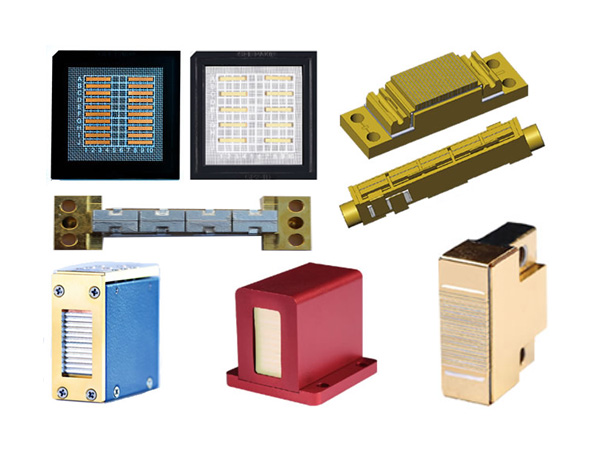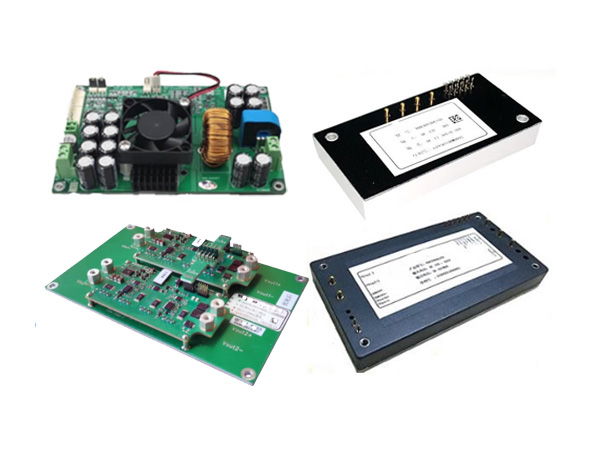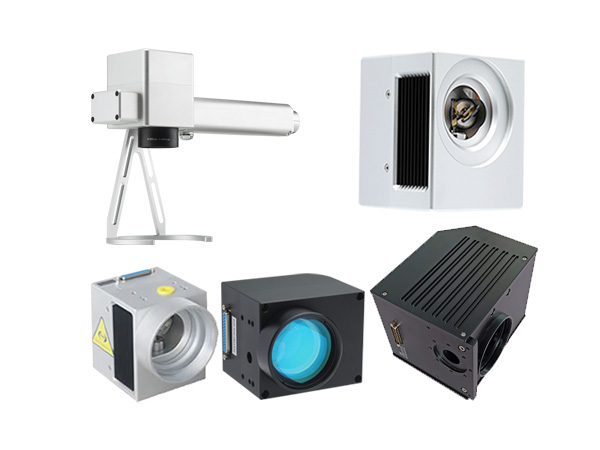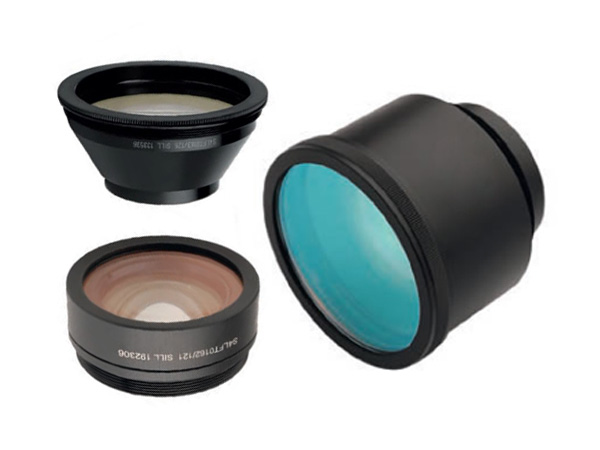Lasers for Lithography
Lithography is the transfer of a designed pattern onto a flat surface, either directly or via an intermediate medium - excluding areas of the surface where the pattern is not required.
In photomask lithography, where a design is patterned onto a substrate, a laser is used to expose the pattern, allowing deposited material to be etched away, preparing it for further processing. This lithography method is widely used in high volume production of semiconductor wafers.
The ability to project a clear image of a small feature onto the wafer is limited by the wavelength of the light that is used. Current state-of-the-art photolithography tools use deep ultraviolet (DUV) light, and in future these wavelengths will continue to span the deep ultraviolet (193 nm), the vacuum ultraviolet (157 nm and 122 nm), and the extreme ultraviolet (47 nm and 13 nm).
For the IC, MEMS, and biomedical markets – where demand is growing for a wide range of feature and substrate sizes – complex products and frequent design changes drive up the cost of manufacturing these highly customised solutions with lower volumes of production. Traditional mask-based (photomask) lithography solutions are not cost-effective or practical for many of these applications, where the cost and time needed for designing and manufacturing a high volume of mask sets can quickly add up.
However, maskless lithography applications are not crippled by the requirement of extremely short ultraviolet wavelengths and instead use laser sources in the blue and UV range.
In maskless lithography, lasers create micro- and nanostructures directly on the surface of photosensitive material. This versatile method of lithography does not depend on mask consumables and layout changes can be made quickly. As such, rapid prototyping and development becomes much easier, with the advantage of greater design flexibility while maintaining coverage of large areas (such as 300 mm semiconductor wafers, flat panel displays, or PCBs).
To meet the demands of rapid production, the characteristics of lasers for maskless lithography are similar to those used in photomask applications:
- Continuous-wave light sources with long-term power and wavelength stability and narrow linewidth mean that mask features have less variation.
- Long lifetime stability with virtually no maintenance or disruption to the production cycle are important to both applications.
- DPSS laser sources with ultra-stable narrow linewidth, wavelength stability, and power stability are well suited for both methods of lithography.
We design and manufacture high power, single frequency laser sources with unrivalled wavelength stability, narrow linewidths and long coherence lengths over a range of wavelengths within a small footprint – making them well suited for integration into existing systems. We currently offer single frequency lasers in the red and green areas of the visible spectrum with our STU-Solo 640 Series and STU-Duetto 532 Series respectively; to complement our range of UV sources, such as the Duetto 349, to facilitate metrology at decreasing feature sizes. For more information on products, please click here.
 English
English Français
Français Deutsch
Deutsch euskara
euskara Русский язык
Русский язык Italiano
Italiano Português
Português Nederlands
Nederlands Polski
Polski Greek
Greek Lietuva
Lietuva Türkçe
Türkçe 日本語
日本語 한어
한어 中文
中文 தாமில்
தாமில் فارسی
فارسی हिंदी
हिंदी Tiếng Việt
Tiếng Việt ภาษาไทย
ภาษาไทย Pilipino
Pilipino Indonesia
Indonesia தாமில்
தாமில்





